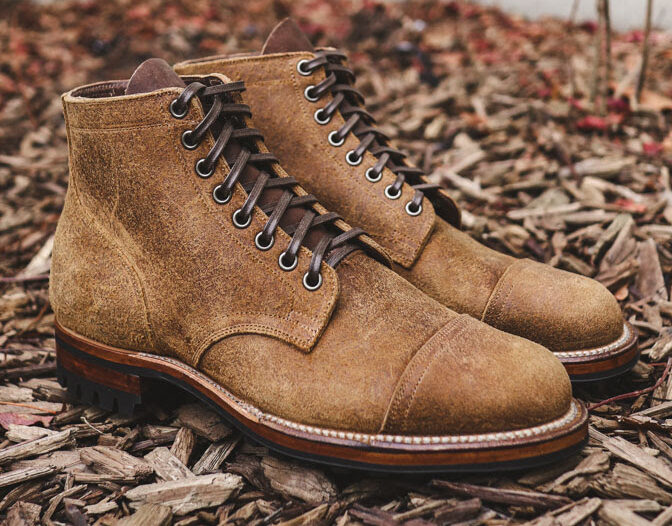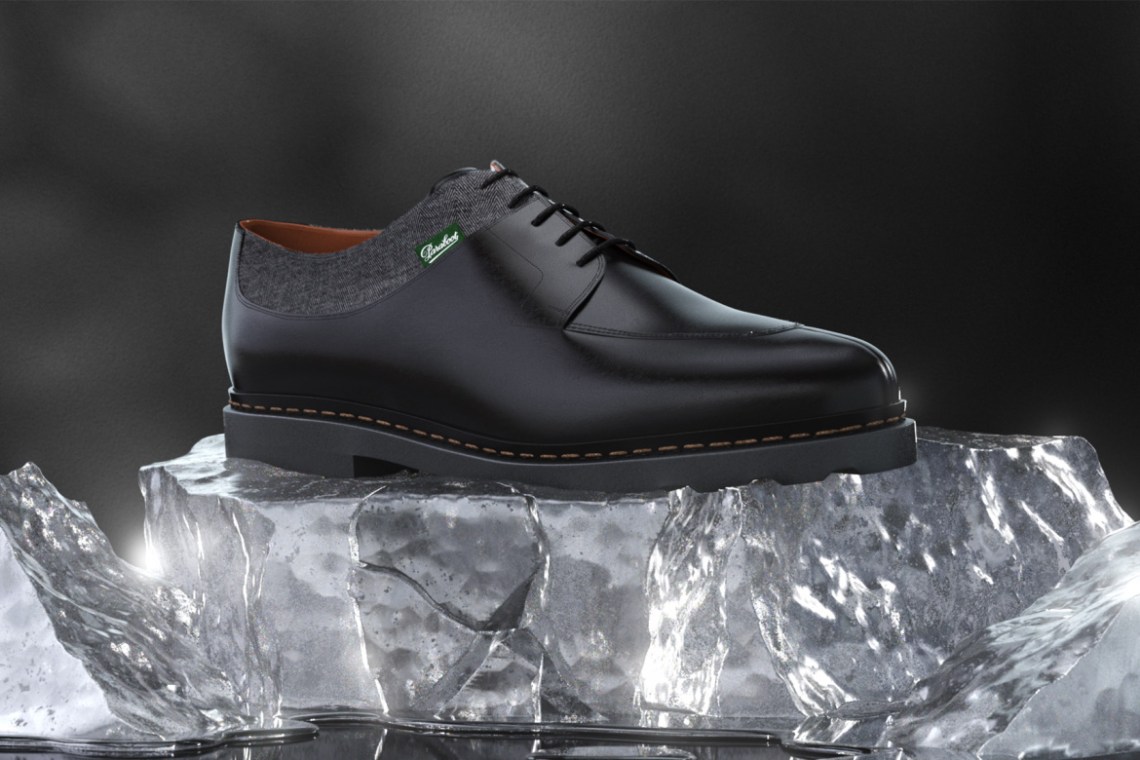
With online shopping taking globalisation to a new level and everyone everywhere being able to buy everything everywhere, it’s increasingly important to offer something unique. This is particularly noticeable in the quality shoe sphere, where specific models exclusive to individual retailers are becoming more and more common.
This is an updated version of a text published on the Swedish website Manolo in 2015.
Some 20 years ago, a store competed with those with similar products in the same city. Today, all stores compete with all other stores in the world with similar products. A bit simplified obviously, but that’s the overall scope. Of course, service, the quality of the online shop, shipping challenges, and so on play a major role, but it’s a fact that global e-commerce has completely redrawn the map for retailers’ competitive situation.
To deal with this, retailers are trying to find competitive advantages in various ways, for example the big online retail giants often offer free shipping and free returns and often worldwide, but for smaller players this is costly and they have had to find other ways. One of those ways is the store-unique models.
In the realm of quality men’s footwear, this has come on strong. It’s about offering something that no one else can offer in terms of styles. Looking at the dress shoe side, there’s several brands who have dipped their toes in this field. One of the pioneers was the Spanish brand Carmina, who ones based its entire business model on allowing stores to make their own versions of their styles. With a wide range of different basic models that retailers can start from, and then they can choose to make them in any design they want. Last, leather, colour, sole and so on, most things can be customised. However in recent years Carmina has moved over to focus more on their own sales channels, and there they offer so many styles that there’s not much unique left for retailers. Others have continued more with similar arrangements as Carmina started with, including the neighbouring manufacturer on Mallorca, Yanko, or Italy’s Enzo Bonafé and Paolo Scafora.

Enzo Bonafé models made for the Swedish store Skoaktiebolaget. Picture: Skoaktiebolaget
Among manufacturers with a traditional approach to collection shoes, it’s becoming more common for stores to make their own so-called store MTOs, models unique to that store. These are almost always variations of existing models, but they are made in different leather, with different lasts or with other modifications. They simply make sure to offer something that no one else offers. Often the store will also have its own logo on the sock lining inside the shoe, which further enhances the sense of exclusivity. There are many examples of classic shoe brands doing this, including Crockett & Jones, Loake and Gaziano & Girling.

Crockett & Jones x Tärnsjö tannery x Care of Carl. Picture (also top picture): Care of Carl
However, the shoe section where the unique models for retailers have without a doubt taken off to new heights is for workwear boots. Here, it’s basically standard for the brands to do more or less unique drops for their various retailers, in make-ups and leather choices not available nor from the brand directly or from other retailers. Viberg is the uncrowned king on the whole *brand* x *retailer* offerings, and basically have new make-ups dropping weekly around the US and elsewhere. Some non-workwear classic shoe brands also do this a lot, like Alden, Tricker’s and Paraboot.

Viberg service boot might be the style made in most unique versions every year. Here’s one for Brooklyn Clothing. Picture: Brooklyn Clothing
The problem with these drops though, is that albeit good for retailers to be able to offer something special, they are often just made in small one time batches, and the last remaining sizes usually needs to be put on sale instead of being able to restock the missing sizes and continue with the style. Not the best for margins. And although I know the hype with limited drops is boosting sales in one way, one can also argue that it’s not the best for sustainability, when the world would be best with people buying footwear they really need, not ones they feel that they need to buy. But that’s another discussion.
For the manufacturers, the demand for specialised models also places new demands on their flexibility. They need to be able to maintain a high level of efficiency in their factories despite the fact that there are often smaller editions of models, and they need to be able to work with types of leather that aren’t normally available, and so on. In the past, it was also more common for this type of model to command a higher price, but nowadays it’s increasingly common for them to cost as much as the regular range, a result of requests from retailers, which of course is appreciated by customers.
And as online shopping and global competition will continue to increase, we can expect the range of this type of unique models to continue to grow, at least as long as there are retailers around.

Not only small retailers have exclusive styles made for them, also the real big brands. Here’s a style from a recent collaboration between Paraboot and Ermengildo Zegna. Picture: Paraboot

Alden loafer made exclusively for Leffot in New York. Picture: Leffot










